Intro
Alleviate lymph node pain with 5 expert tips, addressing swollen lymph nodes, lymphatic system issues, and immune function, to promote overall well-being and reduce discomfort.
Lymph nodes are an essential part of the human body's immune system, playing a crucial role in defending against infections and diseases. When lymph nodes become painful or swollen, it can be a sign of an underlying health issue that needs attention. Painful lymph nodes can be uncomfortable and even debilitating, affecting daily activities and overall quality of life. Understanding the causes and finding effective ways to manage lymph node pain is vital for maintaining good health.
The lymphatic system is a complex network of vessels, organs, and tissues responsible for transporting lymph fluid throughout the body. Lymph nodes, also known as lymph glands, are small, bean-shaped structures located in the neck, armpits, groin, and other areas. They filter lymph fluid, trapping bacteria, viruses, and other harmful substances to prevent them from spreading to other parts of the body. When lymph nodes detect an infection or disease, they can become inflamed, leading to pain, swelling, and tenderness.
Lymph node pain can be caused by various factors, including infections, autoimmune disorders, and cancer. In some cases, the pain may be a symptom of a more serious underlying condition, such as lymphoma or leukemia. It is essential to consult a healthcare professional if you experience persistent or severe lymph node pain to determine the underlying cause and receive proper treatment. In addition to medical treatment, there are several tips and strategies that can help alleviate lymph node pain and promote overall lymphatic health.
Understanding Lymph Node Pain
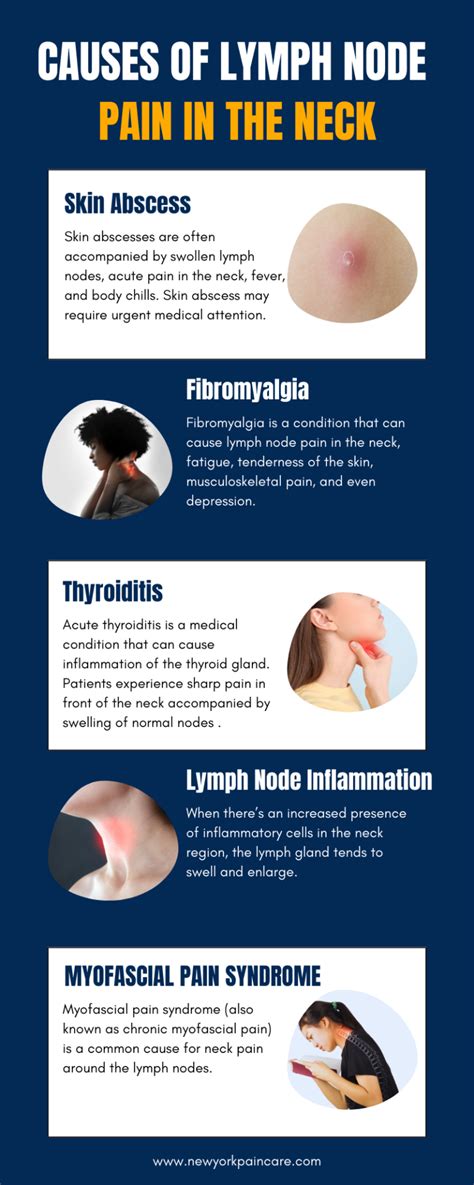
Types of Lymph Node Pain
There are several types of lymph node pain, including: * Acute lymph node pain: This type of pain is typically caused by an infection or injury and can be severe and debilitating. * Chronic lymph node pain: This type of pain is ongoing and can be caused by a variety of factors, including autoimmune disorders or cancer. * Recurring lymph node pain: This type of pain can be caused by recurring infections or other underlying conditions.Causes of Lymph Node Pain
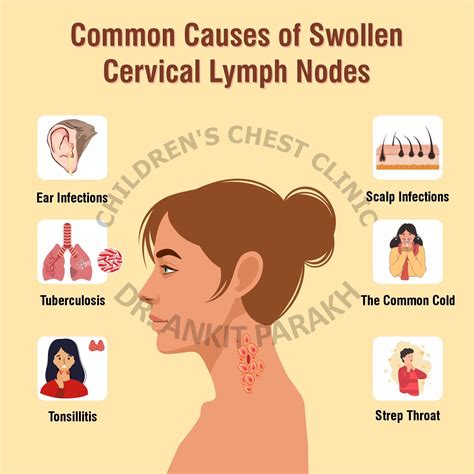
Common Infections that Cause Lymph Node Pain
Some common infections that can cause lymph node pain include: * Mononucleosis: A viral infection that can cause fever, sore throat, and swollen lymph nodes. * Tonsillitis: A bacterial infection that can cause sore throat, fever, and swollen lymph nodes. * Cellulitis: A bacterial infection that can cause skin inflammation, fever, and swollen lymph nodes.Tips for Managing Lymph Node Pain
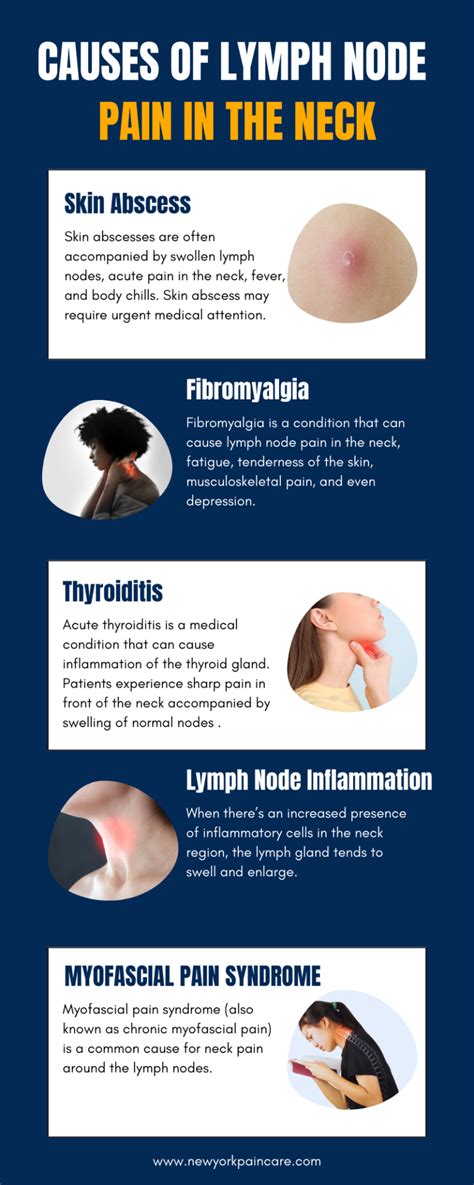
Additional Tips for Promoting Lymphatic Health
Some additional tips for promoting lymphatic health include: * Staying hydrated by drinking plenty of water to help flush out toxins and waste products. * Eating a healthy diet rich in fruits, vegetables, and whole grains to provide essential nutrients and antioxidants. * Engaging in regular exercise, such as yoga or swimming, to help stimulate lymphatic flow and promote overall health.Lymph Node Pain Relief Remedies
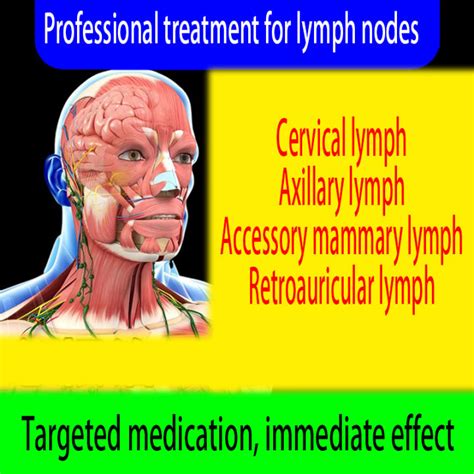
Precautions and Interactions
When using natural remedies to alleviate lymph node pain, it is essential to take precautions and be aware of potential interactions. Some precautions include: * Consulting with a healthcare professional before using any new remedies, especially if you have a underlying medical condition or are taking medications. * Following proper dosage instructions and starting with small amounts to test for sensitivity. * Monitoring your symptoms and adjusting your treatment plan as needed.Conclusion and Next Steps
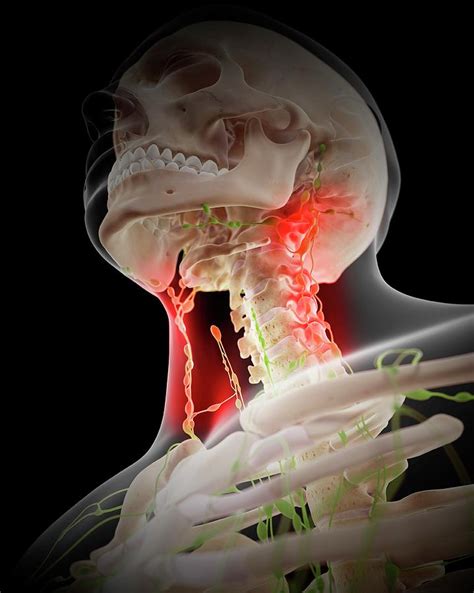
We invite you to share your thoughts and experiences with lymph node pain in the comments section below. Have you found any effective remedies or strategies for managing lymph node pain? What questions or concerns do you have about lymph node pain or lymphatic health? By sharing your insights and engaging with others, you can help create a supportive community and promote greater awareness and understanding of lymph node pain and lymphatic health.
What are the common causes of lymph node pain?
+Lymph node pain can be caused by a variety of factors, including infections, autoimmune disorders, and cancer. Infections such as mononucleosis, tonsillitis, and cellulitis can cause lymph node pain and swelling. Autoimmune disorders such as rheumatoid arthritis and lupus can also cause lymph node pain and inflammation.
How can I manage lymph node pain at home?
+There are several ways to manage lymph node pain at home, including applying heat or cold packs to the affected area, taking over-the-counter pain medications, and practicing good hygiene. Getting plenty of rest and avoiding strenuous activities can also help your body recover from infection or illness.
What are some natural remedies for lymph node pain relief?
+Some natural remedies for lymph node pain relief include Epsom salt baths, essential oils such as peppermint or eucalyptus, and herbal supplements such as echinacea or goldenseal. However, it is essential to consult with a healthcare professional before using any new remedies, especially if you have a underlying medical condition or are taking medications.
